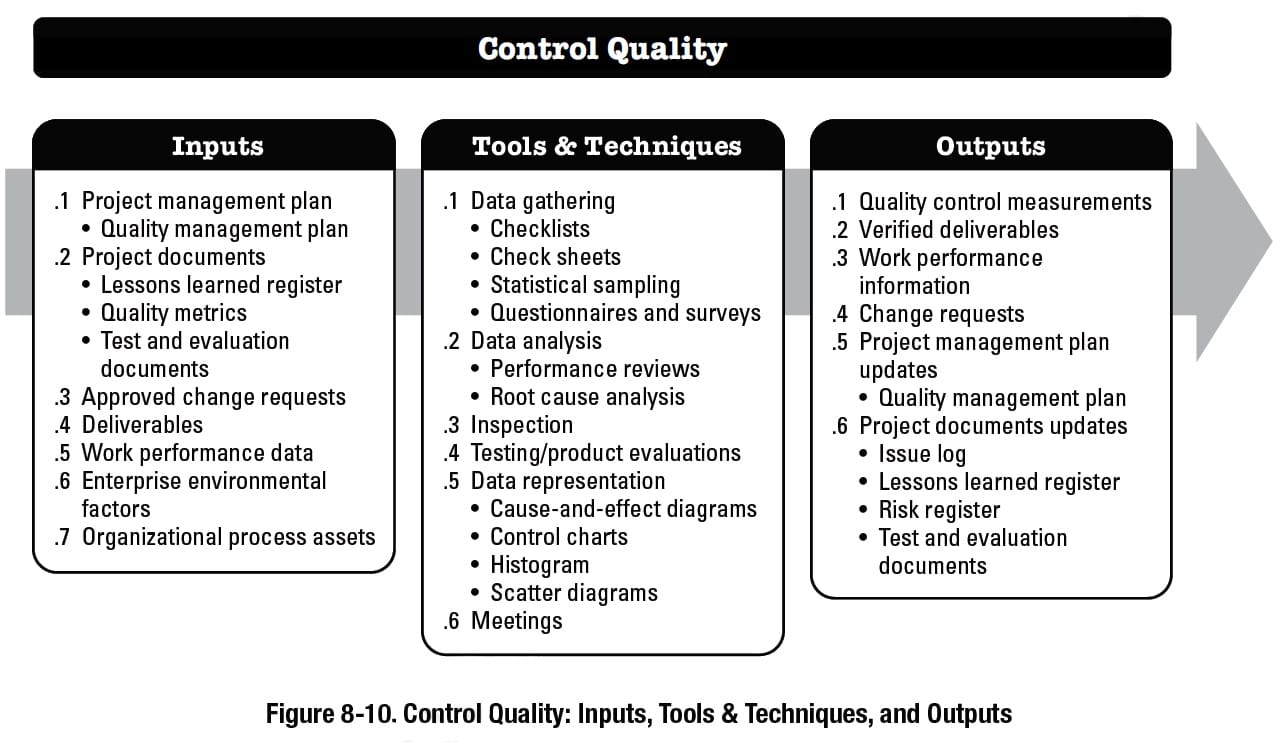In the construction field, there are plenty of abbreviations, especially when it comes to Quality Assurance. People often wonder, "What's the distinction between ITPs, ITRs, and ITCs?" or need to submit different types of inspections for construction projects. In this article, we'll explain the differences between ITPs, ITRs, and ITCs to make things clear.
Inspection Test Plans (ITPs)
Purpose: An Inspection Test Plan (ITP) is a detailed strategy for checking and testing a specific project, process, or system. Its main aim is to create a systematic plan for conducting checks and tests to ensure they meet established standards, specifications, or rules.
Content: Typically, an ITP includes the scope of the inspection, the methods and techniques to be employed, acceptance criteria, the responsibilities of individuals involved, and the inspection and testing schedule.
Preparatory Document: The ITP is developed before inspection or testing activities commence, acting as a guiding roadmap for inspectors and testers, ensuring that all necessary steps are followed.
Dynamic: Importantly, ITPs are not set in stone. They can be updated or modified during the project or process, considering feedback, changes in requirements, or any other factors impacting the inspection and testing procedures.
In essence, an ITP provides the blueprint for the entire inspection and testing process, offering a structured approach to compliance.
Inspection Test Records (ITRs) or Inspection Test Checklists (ITCs)
Purpose: Inspection Test Records (ITRs) or Inspection Test Checklists (ITCs) play a different role. They are utilised to document the outcomes of inspections and tests conducted throughout a project, process, or system evaluation. These records serve as formal documentation of the inspections or tests performed, their results, and any deviations or non-conformities identified.
Content: An ITR or ITC typically includes essential details such as the date and location of the inspection or test, items or components inspected, the methods used, results (pass/fail), identification of defects or non-conformities, and signatures of those involved.
Post-Inspection Document: Unlike ITPs, ITRs or ITCs are created after inspection or testing activities are completed. They serve as evidence of the quality of the items inspected or tested and serve as references for future audits or reviews.
Static: Once completed, ITRs or ITCs are generally not subject to modification. They represent historical records of specific inspection or test activities and their outcomes.
In short, Inspection Test Plans (ITPs) are for planning and strategy, while Inspection Test Records (ITRs) or Inspection Test Checklists (ITCs) are for documenting actual inspections or tests. The first one guides the overall inspection and testing process, while the latter keeps an official record of specific activities and their outcomes.
Summary
- Common abbreviations in construction and Quality Assurance: ITPs, ITRs, and ITCs.
- ITPs are detailed plans for inspecting and testing to ensure compliance with standards.
- ITPs include scope, methods, acceptance criteria, responsibilities, and schedules.
- ITPs can be updated during a project.
- ITRs or ITCs document inspection and test outcomes, including dates, methods, results, defects, and signatures.
- These records are created post-inspection and serve as historical references.
- ITPs focus on planning, while ITRs and ITCs focus on documenting inspection and test results.







